Food Grade Industrial Robots
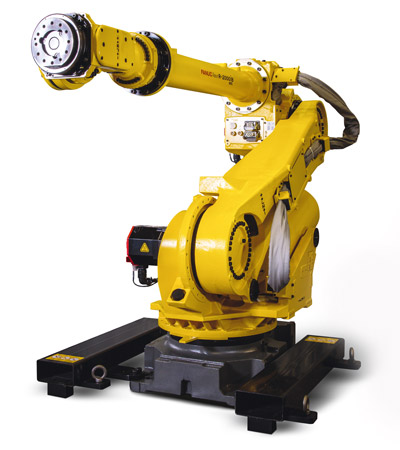
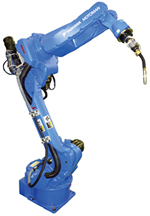
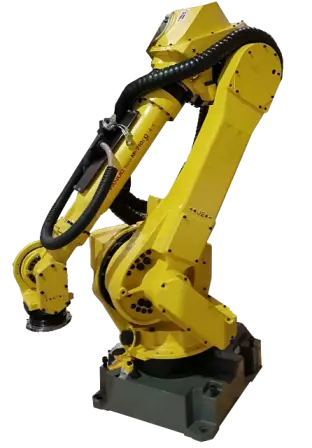
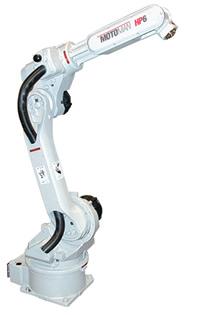
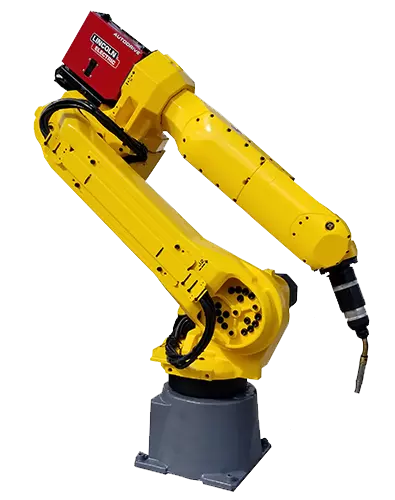
Food grade industrial robots are those that have been specially designed to safely automate food processing applications. High demand, labor shortages, and contamination prevention have all led to the automation of food manufacturing with robots. While it has become common to see the FANUC Arcmate 120ic in industries such as the automotive, it may seem foreign to think of robots in food production. In the past food processing was not heavily automated, but the development of food grade robots has changed this and now food manufacturers are quickly adopting robotic automation.
Not just any industrial robot can be used in food processing. The standard FANUC Lr Mate 200id may be ideal for automating processes in the electronics or medical device industries, but it is not suitable for food processing. Food grade robots contain several unique features that make them suitable to operate in the stringent requirements of the food industry. The first of those features is their exterior. Food grade robots usually have either a stainless steel exterior or one that has been treated with special paint. FANUC food grade robots feature USDA certified exterior paint. These exteriors protect food grade robots from rust and moisture. Special seals are used to completely close off the robot, preventing food particle retention. This helps with resisting bacteria growth to reduce the risk of cross-contamination from the robot. Cables and airlines are routed through the robotic arm to prevent them from coming into contact with food. Instead of regular grease, food-grade grease is used. Food grade robots typically have an IP67 or IP69 rating ensuring they are dust and water tight. Their higher IP ratings ensure they can withstand pressure washing in order for them to be thoroughly sanitized between cycle runs.
Many top robotic manufactures have introduced food grade options for their articulated robots. FANUC offers food grade options for their LR Mates, Spider, M-430iA, and M-420iA robots. ABB also has food grade options including their IRB 660 and IRB 6700 robots. Staubli who manufacturers several small material handling robots also has options available for food processing.
Robots used in food manufacturing are used to automate primary and secondary food processing applications. Food grade robots are required for automating primary food processing as this involves the handling or raw of unpackaged foods. Primary food processing applications automated by robots include cutting meat, sorting fruits and vegetables, deboning fish, or placing foods into packages.
Secondary food processing applications may or may not require a food grade robot. The need for a food grade robot in secondary processing depends on if the robot will be coming directly into contact with food items. For instance, if a process involves a robot removing food items from an oven then a food grade robot will be needed. However, if an application involves handling boxes of prepackaged foods then a food grade robot may not be necessary since there is no direct contact with the food. Secondary food processing applications such as robotic packaging, palletizing, and pick and place are commonly automated by robots. The Yaskawa Motoman MPL300 is ideal for palletizing of drink in cases in the beverage industry.